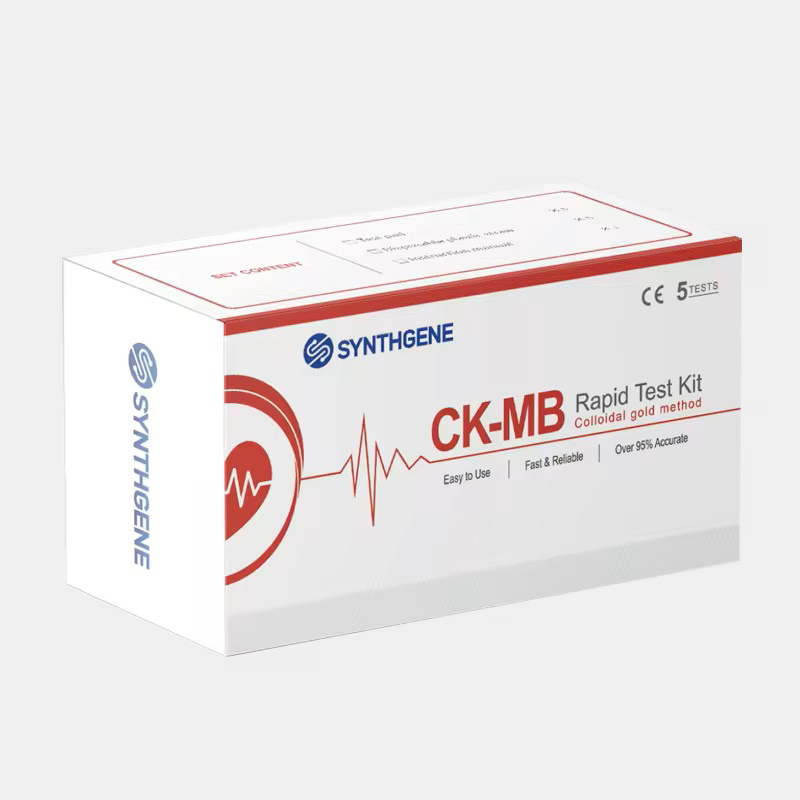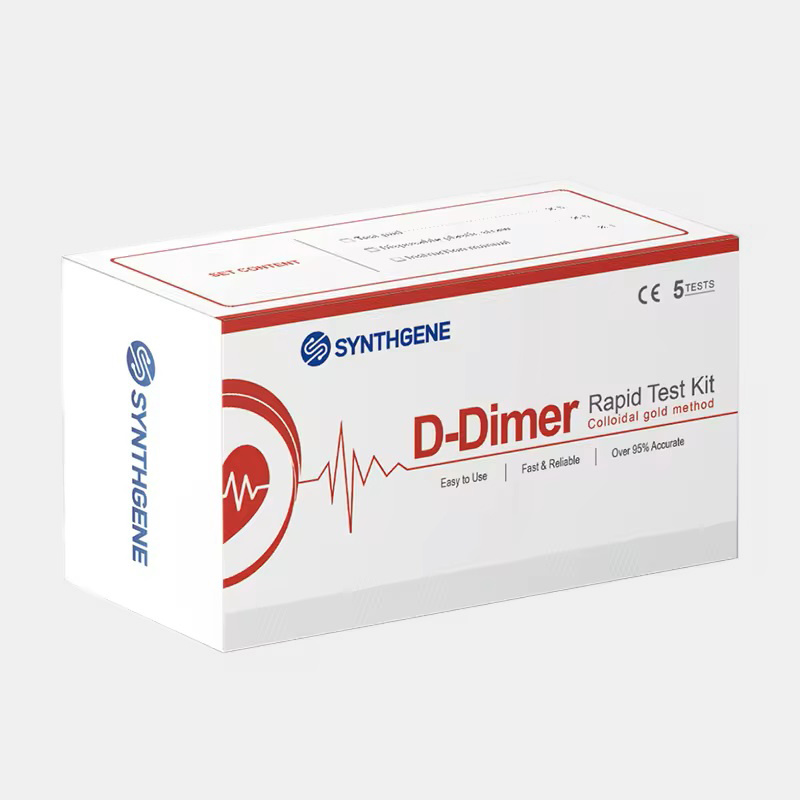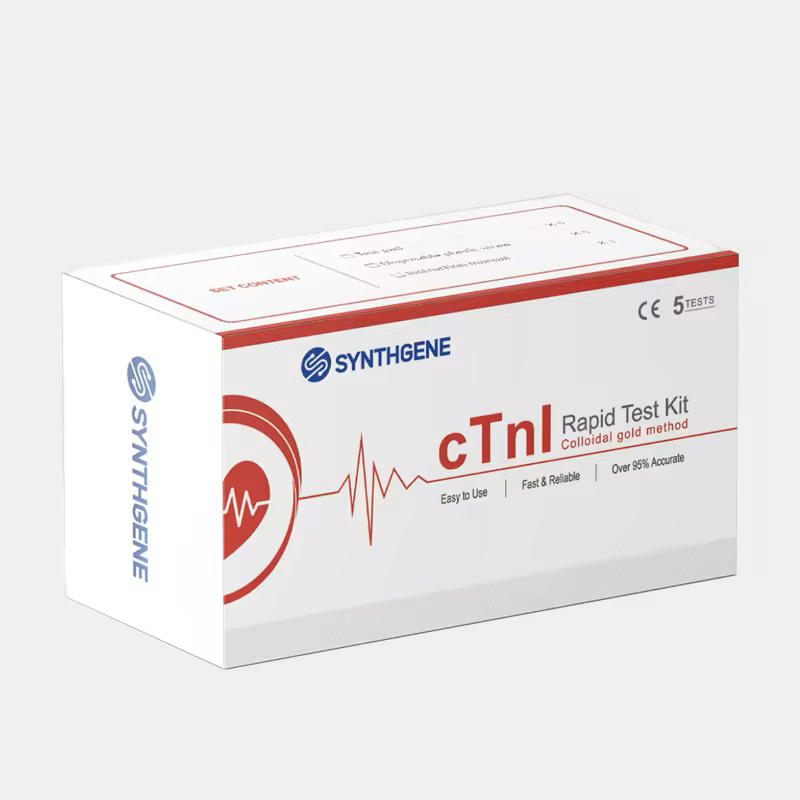Cardiac Markers
 Cardiac risk markers play a crucial role in assessing the potential risks associated with heart conditions and diseases. These markers are valuable indicators that healthcare professionals utilize to evaluate the overall cardiovascular health of individuals.
Cardiac risk markers play a crucial role in assessing the potential risks associated with heart conditions and diseases. These markers are valuable indicators that healthcare professionals utilize to evaluate the overall cardiovascular health of individuals.
Importance of Cardiac Risk Markers:
Cardiac risk markers hold significant importance as they provide healthcare professionals with essential information about an individual's cardiovascular health. By measuring these markers, doctors can detect potential heart conditions, predict the risk of heart failure, and make informed decisions regarding treatment and prevention strategies. Early identification of cardiac risk markers allows for timely intervention, potentially reducing the chances of severe cardiac complications.
Types of Cardiac Risk Markers:
1. Cardiac Troponins: Cardiac troponins are proteins released into the bloodstream when the heart muscle is damaged. Elevated levels of cardiac troponins indicate cardiac injury or myocardial infarction (heart attack).
2. D dimer: D dimer is a degradation product of cross-linked fibrin, which is an important marker of coagulation and fibrinolytic system activation in vivo, and has been widely used in the diagnosis and treatment of diseases related to coagulation disorders.
3. CK-MB:Creatine kinase isoenzyme, is a subtype of creatine kinase. CK-MB is mainly present in myocardium, accounting for 20% of the total activity of CK, which is one of the specific cardiac enzymological indicators. It is first elevated in the presence of myocardial injury and increases most.
CK-MB can appear in the circulating blood in the early stage of myocardial injury, and begins to increase in 2-6 hours, peaks in 12-24 hours, and decreases to normal levels in 36-72 hours. CK-MB measurements are accompanied by the evolution of ECG and chest pain, which are of great significance for assessing the onset of myocardial injury, infarct volume, and post-reperfusion injury.
Cardiac risk markers serve as essential indicators that aid in the identification, assessment, and management of heart conditions. By understanding the meaning, importance, and types of cardiac risk markers, individuals can appreciate the significance of regular check-ups and diagnostic tests. Consulting a cardiologist when necessary and adhering to the recommended treatment plan can significantly reduce the risks associated with heart problems and cardiac diseases. Prioritizing cardiovascular health and taking proactive measures can contribute to a healthier heart and an improved overall quality of life.
Test items




